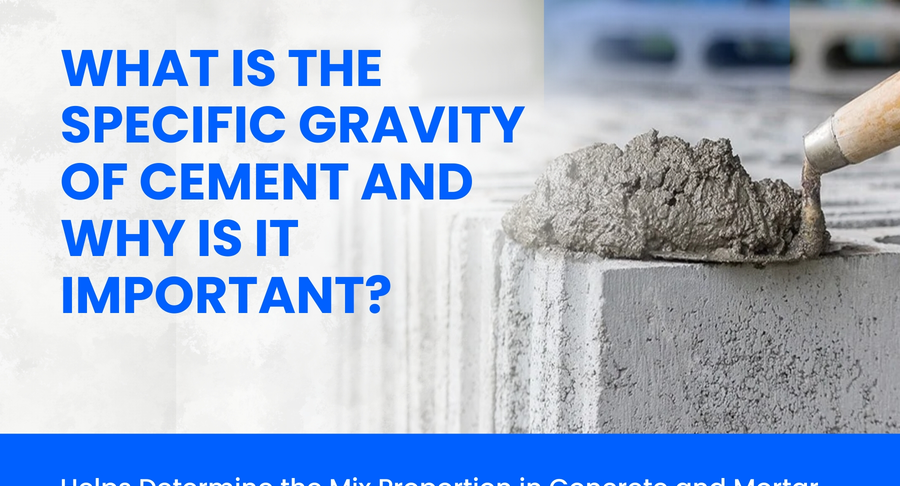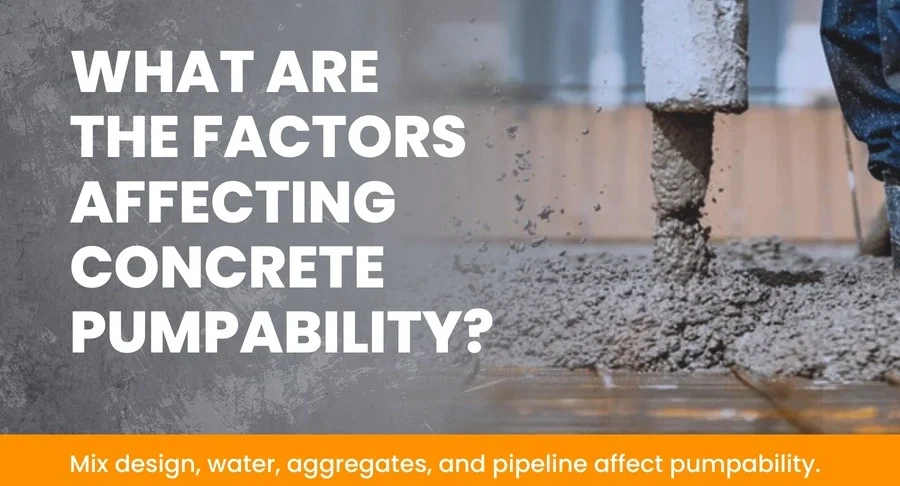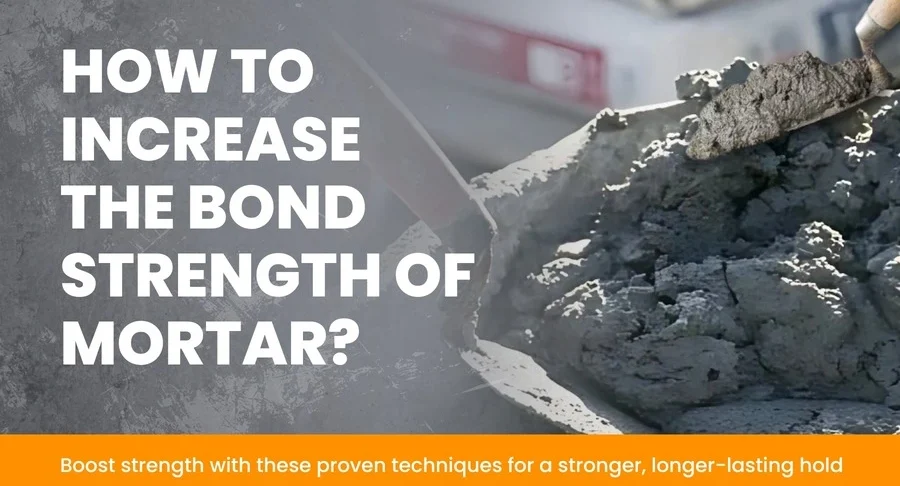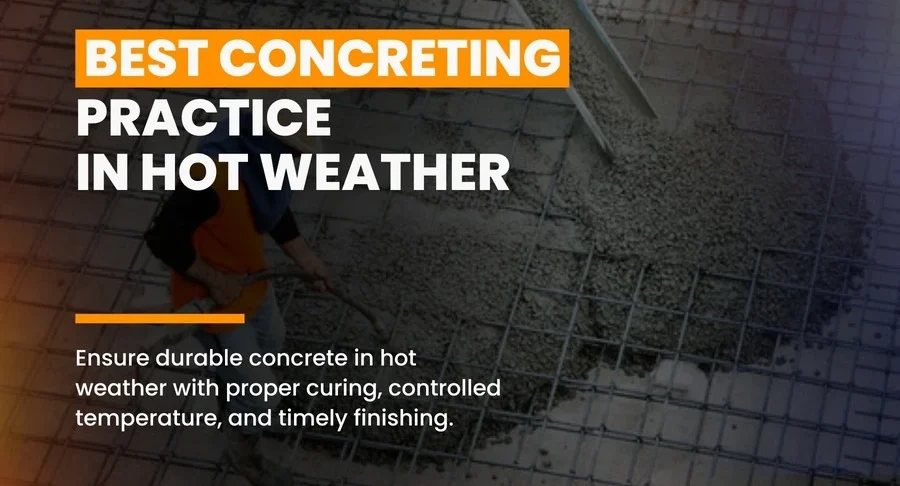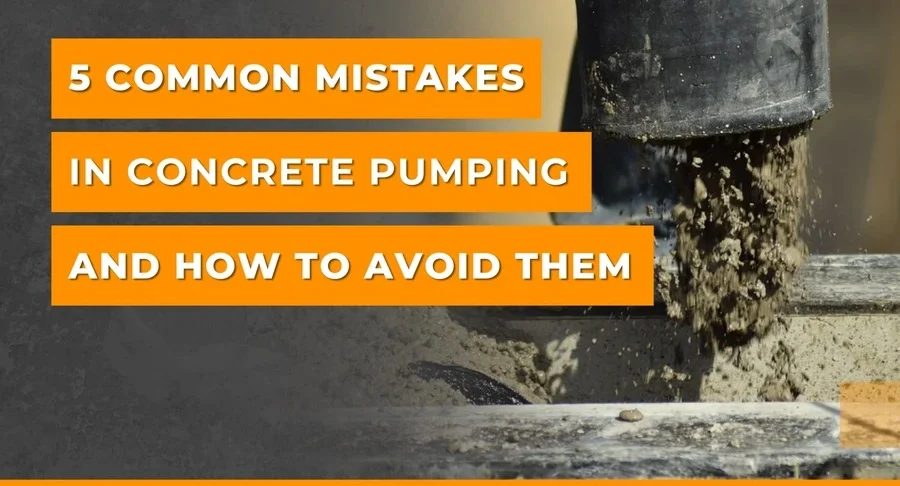The construction industry has changed considerably over the years, specifically in the adoption of chemicals to improve building materials, durability, and performance in general. Nonetheless, ther...
Benefits of Using Superplasticizers from Leading Construction Chemicals Manufacturers
In modern construction, the quality of materials used affects the durability and strength of the structure. Superplasticizers are one of the most significant materials to enter the building industry i...
What Impact Does Polycarboxylate Ether Have on Cement and Concrete?
Concrete serves as the backbone of contemporary construction, being actively used in everything from highways to high-rise buildings. Consequently, there is a constant need to develop stronger, hi...
Industrial Flooring – Best Flooring Options & Material
In an industrial context, the floor is much more than a walking surface. It is an important contributor to safety, durability, and efficiency in a space. The industrial floor must endure both heav...
Types of AAC Blocks and Their Advantages
Innovation is an important part of construction – making improvements to the quality, sustainability, and efficiency of materials. An example of an evolutionary improvement in construction materials...
Role of Sodium Naphthalene Sulfonate Formaldehyde in the Construction Industry
The construction industry is ever-changing with the development of new materials and chemical additives that improve the quality, durability, and efficiency of the build. One of the most important...
What is Shoring in Construction? Types of Shoring and When It’s Used
When you think of construction, you likely think of workers, machines, and the building process - but one aspect that is critical to the safe and effective management of a construction project is shor...
Concrete Spalling: The Causes, Control, Repair & Protection Methods
Concrete is one of the most common construction materials because it is strong, durable and inexpensive. Although concrete is strong and durable, it is not indestructible. One of the most common issue...
Plum Concrete: Properties, Benefits, and Uses
Concrete has historically served as a principal material used in construction as the structural foundation of many buildings throughout the world. Concrete is relied upon for many structures, whether...
Corrosion Inhibiting Admixtures: Types, Dosages, and Applications
Corrosion has been a predominant issue impacting reinforced concrete schemes. With time, the steel reinforcement in concrete tends to corrode when exposed to water, salts, and other environmental fact...
How to Choose the Right Concrete Admixture for Your Project Needs?
The parameter one's concerned with concrete is its strength, durability, and performance. By using an appropriate concrete admixture in performing residential, commercial, and industrial projects, you...
Polypropylene Fiber Reinforced Concrete: Properties and Uses
Introduction Concrete served as the foundation upon which modern construction was laid, and it has been of enormous importance due to its high strength, durability, and versatility. Traditional...
The Best Temperature to Pour Concrete
Concrete is among the most commonly used construction materials; its strength and durability depend largely on the temperature when pouring and at the time of pouring. If the weather is too hot or...
What is Tile Grout and How to Choose the Right One for the Job
The installation of tiles does not only mean having perfect tiles; the right tile grout should give that polished and lasting firm finish tile. But what is tile grout, and how will you make the right...
Types and Roles of Admixtures in Pumpable Concrete
Concrete is the very backbone of modern construction - be it mountains of construction projects like skyscrapers, bridges, roads, or homes. Concrete has a role, and its strength, durability, and versa...
The Role of Construction Chemicals in Infrastructure Development
Infrastructure development is central to the state's progress and well-being of its inhabitants. Roads, bridges, highways, commercial buildings, public utility structures, and residential structures c...
What Is the Specific Gravity of Cement and Why Is It Important?
Cement is integral in determining how strong and durable the structure will be, regardless of whether it is a skyscraper, a bridge, or even a small house. Therefore, understanding the basic mixtur...
Environmental Benefits of Using Fly Ash in AAC Blocks
Sustainable construction is more of a contemporary concern today, and innovative building materials are leading the charge for this transformation. One such leading material is Autoclaved Aerated Conc...
Self-Compacting Concrete: Stronger, Smoother, Faster
Concrete nature is cementing the building industry in the modern era. Originally concrete laid traditionally has demanded an immense manual workload to reach compliance in its placing and compaction a...
How to Select the Right Steel Bars for Your Construction Project?
Steel bars are vital in any construction project, giving strength and durability to keep the structure stable over time. The right selection of steel bars will depend on the grade, type, and applicati...
Grillage Foundation – Types and Process
What is Grillage Foundation? A Grillage foundation is a shallow kind of foundation, used for supporting heavy structures like columns, bridges, and industrial buildings. It is composed of several l...
Key Factors to Consider When Choosing the Best Cement for Durability
Cement is the backbone of each and every construction. It truly is important since it must provide basic strength, stability, and long-standing durability for any formwork. While choosing the righ...
Cement Grouting vs Epoxy: Choosing the Right Material for Your Concrete Surfaces
Concrete requires constant protection from various abuses. The surface can develop line, slump, and crack due to wear and tear, exposure to weather conditions, or heavy loads. These damages can weaken...
What Are the Factors Affecting Concrete Pumpability?
Concrete pumping is a key aspect of modern construction. It helps in faster, easier, and less labor-intensive placement of concrete, although not all concrete mixes lend themselves well to pumping....
How to Increase the Bond Strength of Mortar?
Mortar plays an indispensable role in construction. By binding bricks, stones, or other materials together, it is able to impart strength and durability to the structure. But have you even given thoug...
Pumping Concrete: 5 Key Factors You Need to Know
Concrete has a rightful place as the backbone of modern construction, and the movement of concrete from the mixer to the desired location is critical at any project. Pumping of concrete redefined...
Redispersible Polymer Powders (RDP Powders): The Ultimate Easy-to-Understand Guide
With advancements in the construction industry and material sciences. Redispersible polymer powder plays a vital role. Due to its versatility, It is widely used in cement and gypsum-based applicati...
Best Concreting Practices in Hot Weather
Hot weather adds a new factor of difficulty to the construction of concrete. High temperatures, low humidity, and strong sunlight can hasten evaporation of moisture, which may result in premature sett...
What is the Difference Between Starch Ether and Cellulose Ether?
Starch ether and cellulose ether are two of the most used modified natural polymers in construction, pharmaceutical, food, and other industries. Although starch ether and cellulose ether belong to...
5 Common Mistakes in Concrete Pumping and How to Avoid Them
Concrete pumping is an indispensable service for many construction projects-whether residential, commercial, or industrial. It is one useful and fast way of delivering concrete to difficult-to-access...

















